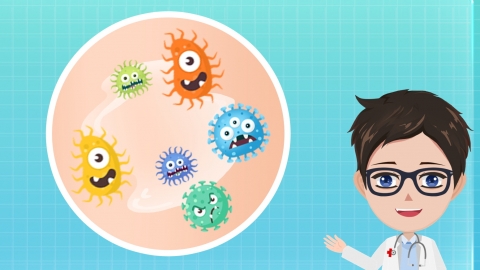What are the transmission routes of the hepatitis B virus?
Generally speaking, the hepatitis B virus refers to the hepatitis B virus (HBV). The transmission routes of HBV include blood transmission, mother-to-child transmission, sexual contact transmission, close daily contact transmission, and iatrogenic transmission. Specific analyses are as follows:

1. Blood transmission
HBV can be transmitted through blood and blood products. For example, receiving blood or blood products contaminated with HBV, using medical instruments that have not been strictly sterilized for injections, blood collection, acupuncture, and other procedures, as well as sharing syringes, razors, toothbrushes, and other items that may lead to blood contact, can all potentially transmit HBV.
2. Mother-to-child transmission
HBV can infect the fetus through the placenta, amniotic fluid, or vaginal secretions of pregnant women, leading to intrauterine infection or infection during childbirth. Additionally, HBV may also be transmitted through breastfeeding after delivery.
3. Sexual contact transmission
HBV can enter the other person's body through mucosal injuries on the genital organs. Particularly without protective measures, transmission via sexual contact is an important route for spreading HBV.
4. Close daily contact transmission
Long-term close contact with individuals infected with HBV—for example, living together or sharing the same work environment—can lead to infection through sharing towels, tableware, and other daily necessities, or through direct contact with bodily fluids containing the virus, if personal hygiene and protective measures are not observed.
5. Iatrogenic transmission
In hospitals and other medical institutions, the reuse of medical instruments without strict sterilization—such as surgical instruments, dental instruments, endoscopes, etc.—may lead to the transmission of HBV.
It is important in daily life to maintain personal hygiene and avoid sharing syringes, razors, toothbrushes, and other items that may lead to blood contact. Keep the skin and mucous membranes intact and avoid unnecessary trauma or damage.






